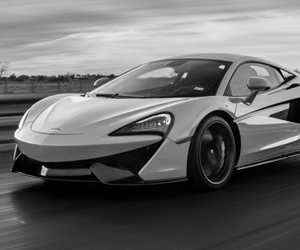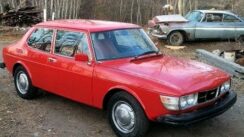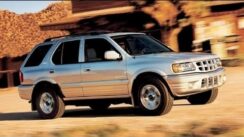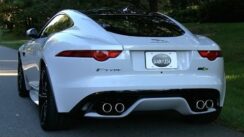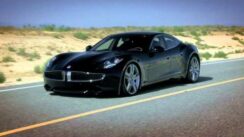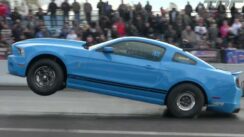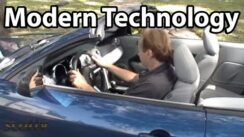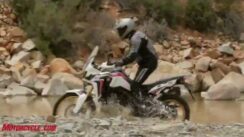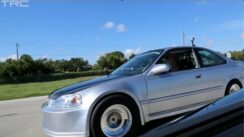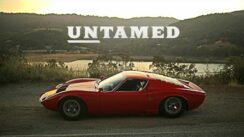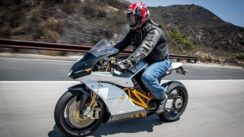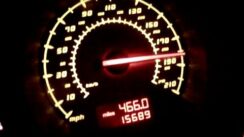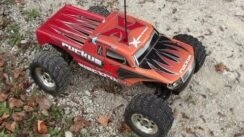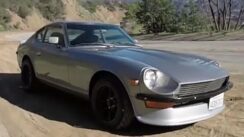Cars That Didn’t Survive Carpocalypse, But Should Have

The Great Recession was brutal on the car industry. Annual sales were cut nearly in half, two of the Detroit Three required bankruptcy assistance, and makes and models got the axe despite sometimes being fan favorites. While manufacturers have mostly recovered, 2008 to 2012 was severe enough that the time period is worth a look back at what we lost, and what could have been.
Pontiac G8
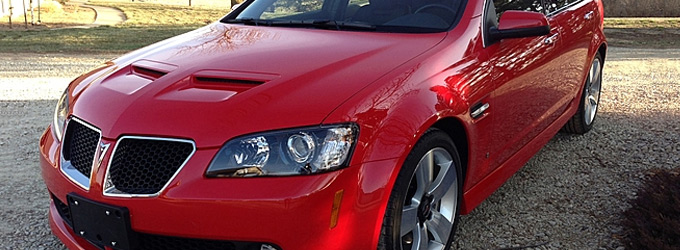
The G8 was the long-overdue replacement for the Gran Prix. Replacing the front-wheel drive bloat boat W-body with a rear-wheel drive chassis from Australia’s Holden proved to make Pontiac the excitement brand again. Unlike the 2004 GTO (another rebadged Holden), the G8 actually looked nice and aggressive. The base V6 car started at a very reasonable $23k, and could be maxed out in GXP trip with 415 horsepower and a 6-speed manual. The G8 was a great car brought down by a subpar brand.
Pontiac G8 ST
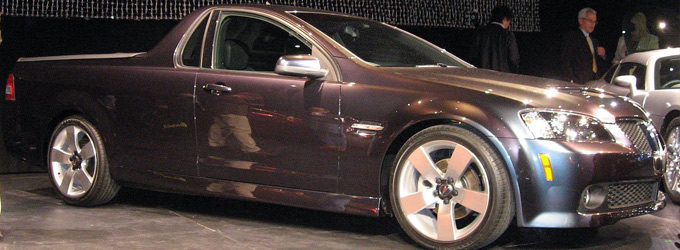
Oh, Pontiac. I miss you. If “Maximum” Bob Lutz had his way, the brand would have been cranking out these modern near-luxury interpretations of the El Camino. The G8 ST (sport truck) would be riding on the same Holden Commodore chassis as the G8, but with only two doors up front, and a useful 73 inch pickup bed out back. The engine choices mirror the G8, with a capable V6 and two powerful V8s. Handling and MPG easily exceed the limits of today’s full-side trucks, while offering nearly as much capability. The ST should have quickly transferred to Chevy as a new El Camino, but they laid-off everyone with a brain in 2009.
Pontiac Solstice
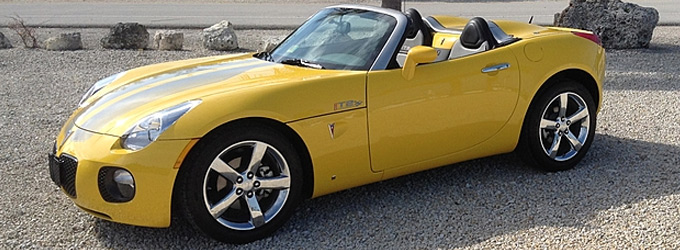
Pontiac Solstice was the answer to the Mazda Miata, even though no one was asking the question. Sub-2,900 lbs, and with a choice of engines and transmissions, the Solstice was the best convertible from Pontiac since 2002. The suspension was adept at hugging the road and keeping you comfy, making this $20,000 roadster livable as a daily driver. The 2009 hardtop coupe looked even better, but only 1,200 made it out the door before Pontiac shut down.
Saturn Astra
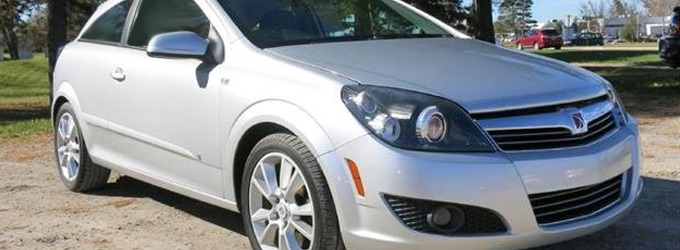
For the first time in its life, Saturn was cool. The commercials had it right, with pedestrians glimpsing a new model on the street, mentally losing their crap, and shouting “That’s a Saturn?!” The Astra was one of those models. Built on the extremely competent Delta platform, the Astra replaced the dreadful Ion as Saturn’s entry level car. The handsome looks and sporty handling were no match for high unemployment numbers, and only 20,000 hit the road before Saturn was shot and buried out back.
Saturn Sky
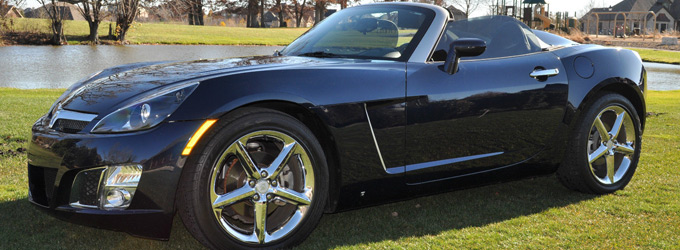
Another cool Saturn, this was yet another example of GM getting something right only to cancel it. Built on the same Kappa chassis as the Pontiac Solstice, the Sky benefitted from a more polished design. The Sky had a higher quality interior, and better exterior details, like tail lights and chrome bits, versus the Pontiac. While it wasn’t as flyweight as the Mazda Miata, it was cheaper and more powerful. The base engine sports 177 horsepower, while the Redline version cranks out 260 hp, and 290 hp with a dealer installed turbo upgrade.
Chrysler Crossfire
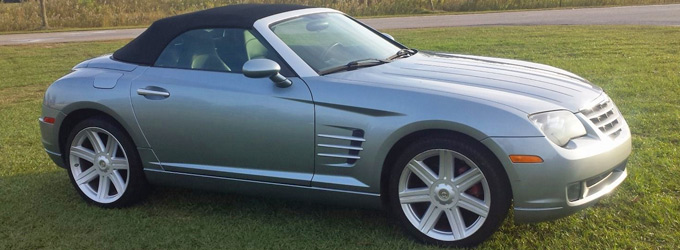
The Crossfire was a funky collaboration of a sports car, from a funky collaboration of a company known as Daimler Chrysler. While their intentions may have been good, the execution was sometimes lacking. The Crossfire was a slow selling, but solidly reviewed car that looked like nothing else on the road. The underpinning Mercedes-Benz SLK chassis wasn’t bad, and the SRT-6 version had the 330 horsepower AMG engine. Think of it as a cheaper Benz in drag.
Dodge Magnum
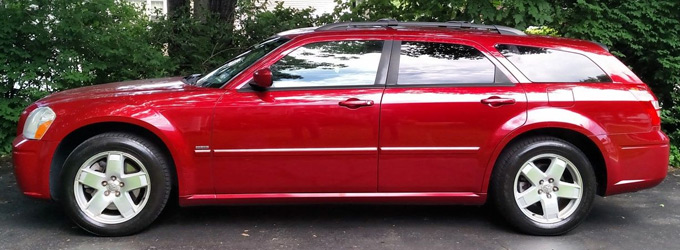
Forget “sport utility vehicles,” as a powerful wagon is the only way to get the job done with sport and useful utility. The Magnum was built on the same LX chassis as the Chrysler 300, so it was a big, solid ride. Two V6s and two V8s kept the options interesting, especially the bonkers 425 horsepower 6.1 liter Hemi V8 on the rare Magnum SRT8. All Magnums were auto only, but that only solidifies this beast as a cruiser and everyday utility vehicle. Chrysler was busy “restructuring” (read: flailing), so 2008 was the last year of the mid-size American wagon.
Hummer H2
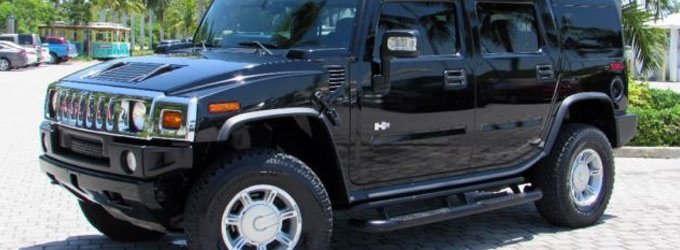
Sure, nothing’s dumber than a penis extension, but these rolling monuments to manhood were incredibly profitable for GM, and did fit the need for a number of buyers. It’s built on a Chevy Tahoe equivalent GMT900 chassis, which you would expect to be worthless for anything other than picking up the kids, but the H2 has surprising off-road capability. This is like a slower version of the Ford Raptor that can carry more people in comfort. Think of it as a Jeep Wrangler minivan. While it’s as slow as a Prius but with one-tenth the gas mileage, if you can afford the running costs of the H2, this could have been your next truck. We’ll never know, as GM swept the whole brand into the trash bin.
Saab 9-3
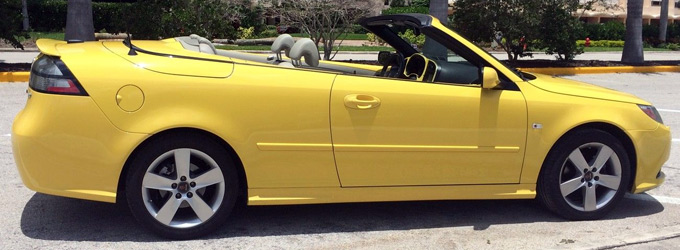
What the hell, Saab? Sure, the third generation 9-3 is a good looking car. For its time. Debuting in 2003, the 9-3 was swept and aerodynamic, and exactly the fresh face Saab needed. Unfortunately, that is still the same face, over a decade later. While there’s a new lower grille based on the 2007 Turbo X, and maybe some new chrome here and there, it’s the same old 9-3. In addition to the dated looks, the interior looks like a rental car, and options list is showing its age. Saab had the chance at a third gen with the incredible PhoeniX (not a typo) concept, but they blew it and kept the old blandness over the new hotness. Maybe by 2020 we’ll see a new 9-3.
While these rides may not have survived the recession and following carpocalypse, for the most part, they are available on the used market. Depreciation greatly works in your favor here, so if you loved one of these vehicles when they were new, it may be time to go shopping.



































